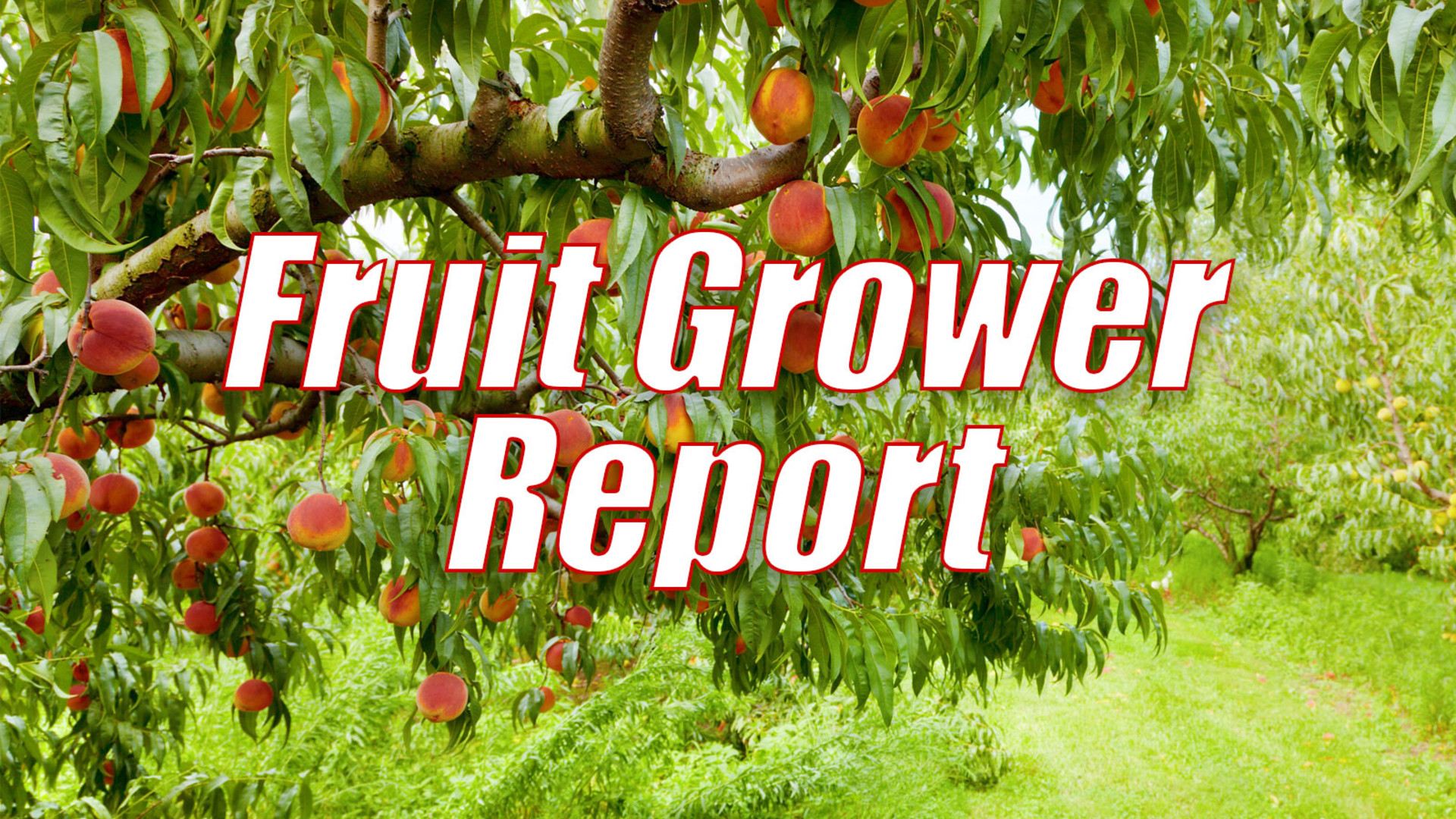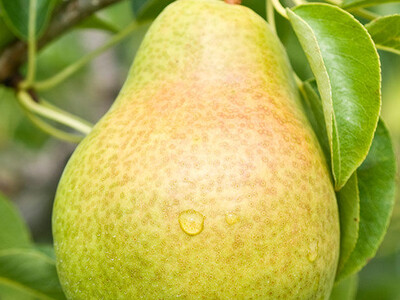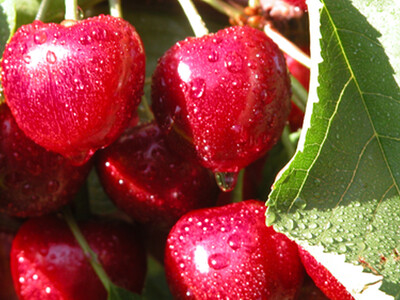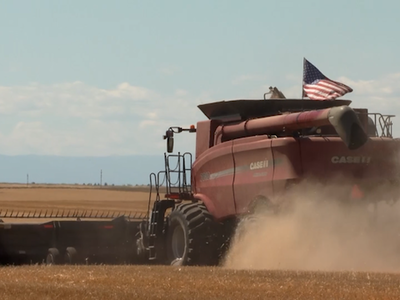Pesticides and Moths
Pesticides and Moths. I’m Greg Martin with today’s Fruit Grower Report.
How far can a moth fly? Does a long flight affect reproduction? Do certain pesticides affect either and in what concentrations? These are questions that will help fruit growers battle infestations of coddling moth and oblique banded leafrollers. Dr. Vince Jones Professor & Entomologist at WSU’s Tree Fruit Research & Extension Center and Teah Clement-Smith, Graduate Research Assistant have been looking into those questions.
JONES: What we found with coddling moth it didn’t affect the reproduction rate at all but with oblique banded leafroller if you flew either of the two sexes or both of them they were better than if you flew only one of the sexes so they produced more eggs. In that case the dispersing moths would have a higher reproductive rate than those that were inside the field and hadn’t moved.
The research is done by attaching a moth to a flight mill and collecting data. They have also found that even with extremely low concentrations of pesticides, the flight durations are altered.
JONES: There is a radical change in their ability to fly and disperse. And the other thing that she found was that these are all individuals that are placed on a residue so they are not treated directly with the insecticide but they walk on the residue and pick it up. The moths that walk across the residue not only don’t fly as well but the females don’t release pheromones and the males are not really good at finding a lure.
That’s today’s Fruit Grower Report. I’m Greg Martin on the Ag Information Network.

















